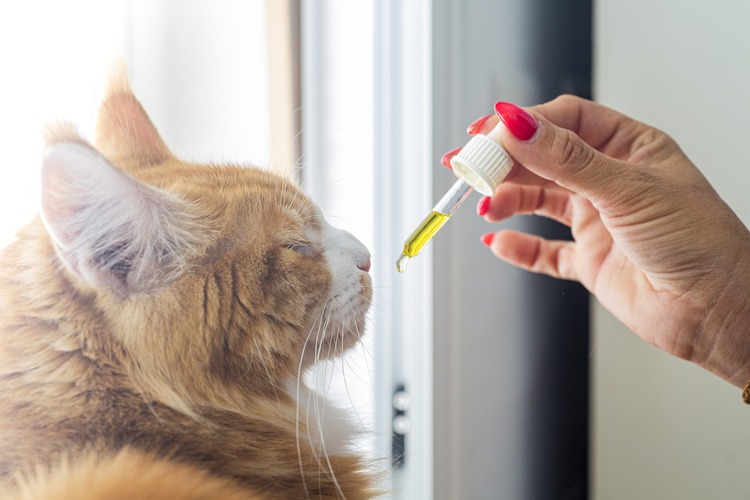Separation anxiety is manifested when your dog shows signs of distress and destructive behavior when left alone either for long periods or short periods. It is important to train your dog to be able to handle separation anxiety for a conducive environment at home. Before we focus on how to help a dog with separation anxiety, what are some of the signs that your lovely pet could be suffering from separation anxiety?
Signs of separation anxiety in dogs
These are the most commons signs that your dog could be suffering from separation anxiety.
1. Destructive behavior
This is seen when you come back home to a messy house. You will find that either your pillows are destroyed or other chewable things are lying around the house. This may also be harmful to your dog since it might egest some particles which may bring serious health conditions.
2. Barking and howling
Your dog might start backing ad howling at you randomly as you leave. This might be a nuisance for both you and the neighbors who don’t want to be woken up in the early mornings by your dog as you leave for work.
3. Trying to escape/escaping
The dog might try looking for tight spaces around your house to try and escape and chase after you as you leave.
4. Pacing
This is when your dog is walking or trawling a specific path within the house seemingly not finding a nice calm place for it to rest or sleep.
5. Overexcited greetings
This can be observed when your dog gets overly excited when you come back home either by jumping on you or excessive licking.
Recommended: How to Prevent Cataracts in Dogs
How to help a dog with separation anxiety
If your dog is suffering from separation anxiety, these are some of our recommendations that could help them get back to normalcy.
1. Exercising your dog before leaving
This can help you both a great deal since it also helps you keep fit. Make sure to exercise your dog for only 30 minutes and it will calm them down. Since a tired dog is a calm dog, it will divert its attention to food and sleep.
2. Downplay your goodbye and hello habits
You might want to downplay these habits since it makes your dog anxious for no good reason. This might be just what you need to make sure your dog doesn’t get too anxious before you leave the house and when you come back.
3. Change your ‘going away’ signals
Your dog might be accustomed to certain things that are associated with you leaving which might trigger separation anxiety. Try mixing out things like leaving through the backdoor or even changing where you place your staff like shoes, coat, and keys that you pick up before you leave. This might make it seem normal for your dog hence reducing chances for separation anxiety.
4. Train your dog to be alone even when you are home
This might help your dog adapt to you not being there always hence decreasing separation anxiety. Try putting your dog in a different room beginning with short periods like 5-10 minutes as the intervals continue to increase until he becomes comfortable with you not there.
5. Leaving comfort items and background music on
Music like harp music and classic music has a soothing effect on your dog. This might help calm your dog down when you leave. Also leaving around some dirty laundry that has your scent might help your dog remember that you are still coming back. Make sure to remove its collar and other objects around your house that your dog finds stressful.
6. Create personal space for your dog
For as much as you would love to spend quality time with your dog and even sleeping with them, you should create personal space for it whether it is in a separate room or a crate in another room. This helps your dog have a room for them to relieve their stress and relax hence being independent of you.
Recommended: 6 Tips on How to Calm Your Dog Down
7. Do not leave your dog alone for too long
It is advisable for you to not leave your dog for not more than 6-8 hours. If you will be away for longer hours ask your friend or neighbor to keep an eye on your dog and maybe take it out for a walk. If there is no one you can trust or no one is available you should consider a dog daycare.
8. Shop for anxiety treatment pet supplies
Supplies such as a dog swaddling jacket help keep your dog calm by applying constant pressure on its body. Also, toys like the Kong toy help keep your dog busy and it also dispenses treats hence making it fun for your dog to play with.
9. Medicine
There are certain medications prescribed for some separation anxieties in dogs. However, you should first take your dog to the vet to diagnose and prescribe the appropriate drugs for them.







